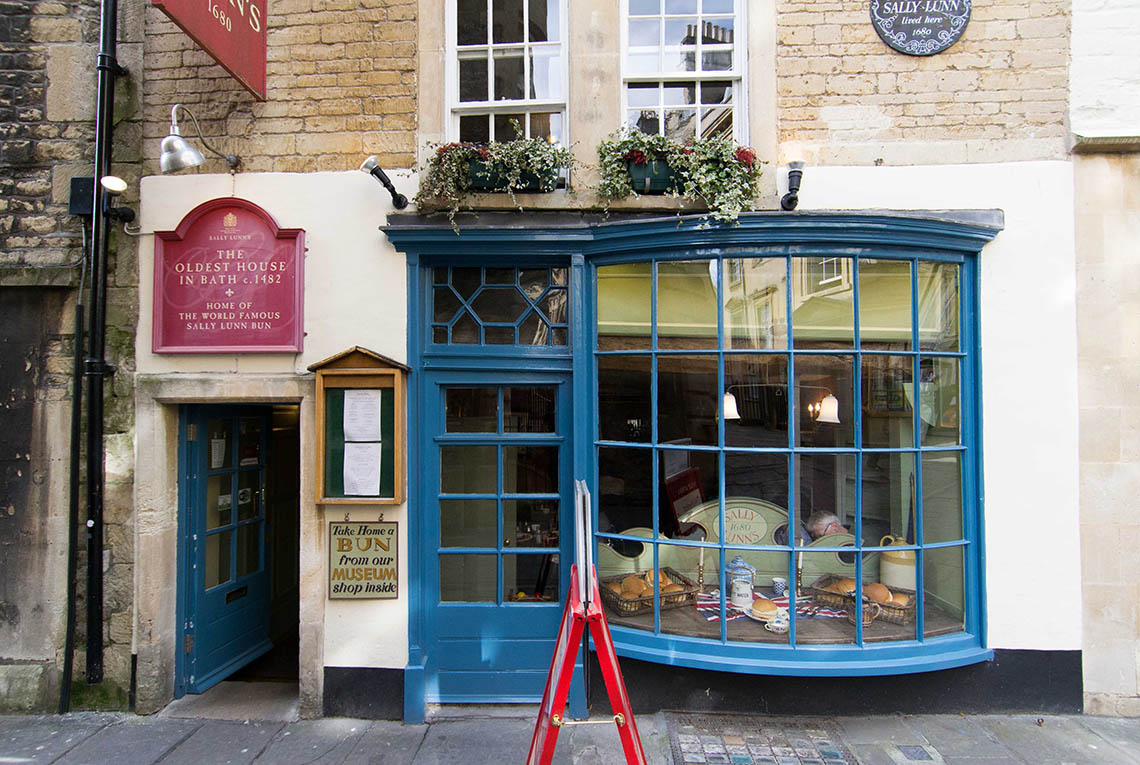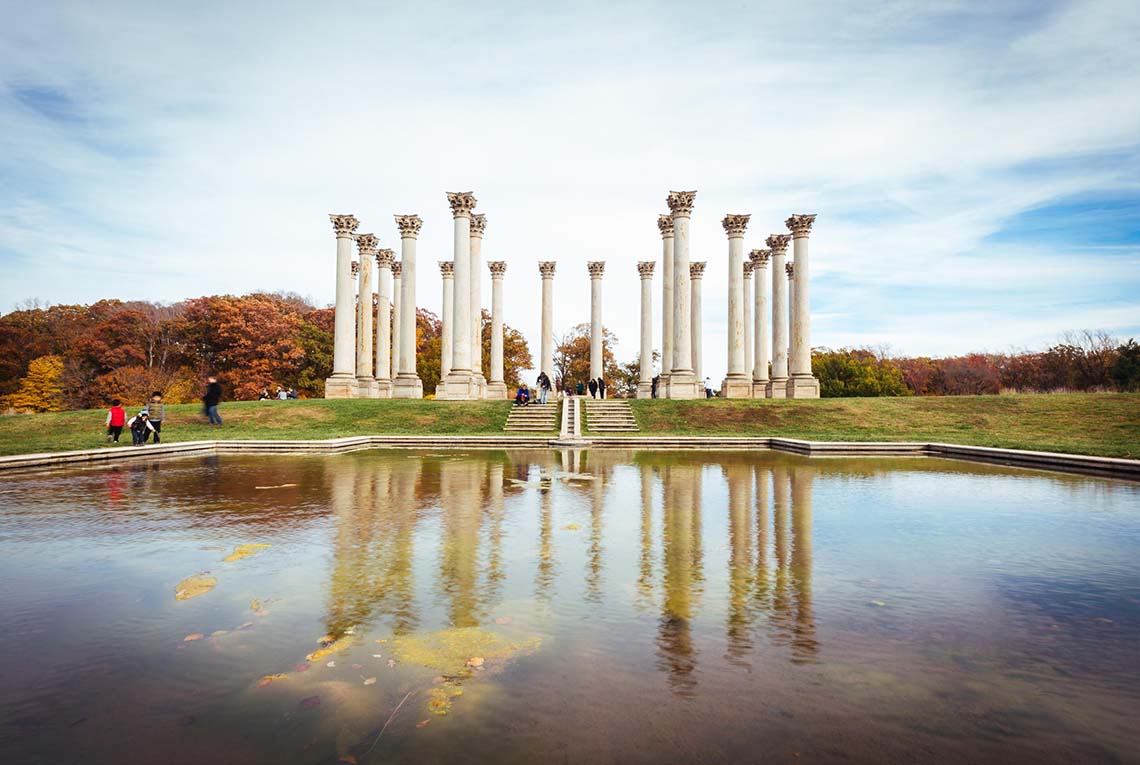Embarking on a captivating exploration of the historical city of Bath, I found myself enraptured by its architectural brilliance, storied past, and the therapeutic embrace of its thermal springs. I will intricately detail my personal experiences at six prominent attractions, providing an in-depth exploration of services, pros and cons, specific geographical locations, transportation from the airport and stations, available discounts, ticket prices, recommendation ratings, and my candid reflections on various booking platforms. Join me on this immersive adventure as I unravel the enchanting tapestry of Bath.
Roman Baths:
Location: Stall Street, Bath, England
Stepping into the Roman Baths felt like a temporal leap, immersing me in the ancient complex’s well-preserved baths, statues, and relics. The historical significance and architectural grandeur make it an indispensable visit.
Situated centrally on Stall Street, the Roman Baths boast convenient access from Bristol Airport. Direct trains from Bristol Temple Meads Station to Bath Spa Station facilitate a seamless journey, with the Baths merely a short walk away.
Admission fees fluctuate, with student and senior discounts available. Audio guides amplify the experience, providing captivating narratives. My recommendation rating resonates strongly at 9 out of 10, solidifying the Roman Baths as an absolute essential in the Bath experience.
Bath Abbey:
Location: Abbey Churchyard, Bath, England
Bath Abbey, a magnificent example of Gothic architecture, unfolded before me as a captivating masterpiece of intricacy and spiritual ambiance. From the moment I approached its grand façade, I was drawn into a world where architectural brilliance and a sense of profound spirituality converged.
The exterior of Bath Abbey showcased the exquisite details characteristic of Gothic design. Elaborate stone carvings adorned the façade, telling stories and creating a visual tapestry that captured the essence of the structure’s rich history. The towering spires reached toward the heavens, emphasizing the verticality that is emblematic of Gothic architecture.
Stepping inside, I found myself enveloped in a sanctuary of tranquility. The interior of Bath Abbey, with its soaring vaulted ceilings and the play of light filtering through stained glass windows, created an atmosphere that inspired contemplation and reverence. The architecture itself seemed to lift the spirit, inviting visitors to explore not just the physical space but also the spiritual dimensions within.
One of the highlights of my visit was ascending the tower of Bath Abbey. As I climbed higher, the city of Bath unfolded below, revealing a panoramic vista that added an extra layer of delight to the experience. The views extended over the historic rooftops, showcasing the unique blend of Georgian and Roman architecture that defines the cityscape.
From the tower, I gained a new perspective on Bath, appreciating the city’s layout, the meandering River Avon, and the surrounding hills. The contrast between the ancient and the modern became apparent, creating a narrative that echoed through the centuries and added depth to my understanding of this enchanting destination.
Bath Abbey, with its intricate details, spiritual ambiance, and panoramic views, left an indelible mark on my visit. It was not just a monument of stone and mortar; it was a living testament to the craftsmanship of bygone eras and a place where the sacred and the aesthetic seamlessly converged. As I descended from the tower and left the hallowed halls of Bath Abbey, I carried with me not only a visual imprint of its beauty but also a sense of awe for the enduring legacy of Gothic architecture and the spiritual significance embedded within its walls.
Nestled in Abbey Churchyard, the Abbey conveniently neighbors the Roman Baths. Bath Spa Station, a short walk away, ensures easy access for visitors.
While entry to the Abbey is complimentary, donations for maintenance are encouraged. Tower tours incur separate costs. The combination of history, spirituality, and city views garnered a commendable recommendation rating of 8.5 out of 10.
The Royal Crescent:

Location: Royal Crescent, Bath, England
The Royal Crescent, an iconic Georgian architectural masterpiece, exudes elegance as one strolls along its curved facade. The well-preserved buildings and the No. 1 Royal Crescent Museum offer profound insights into the city’s aristocratic past.
Positioned on Royal Crescent, this attraction is a leisurely walk from the city center. Buses and taxis offer alternative modes of transportation.
Museum admission fees fluctuate, with discounts often available. The immersive experience of stepping into a meticulously restored Georgian home adds significant value. My recommendation rating graciously settles at 8 out of 10, establishing the Royal Crescent as a portal to Bath’s historical opulence.
Thermae Bath Spa:
Location: Hot Bath Street, Bath, England
Indulging in the Thermae Bath Spa was a rejuvenating experience, with its rooftop pool offering sweeping views of the city. The modern spa facilities seamlessly complemented the historic thermal traditions, creating a harmonious blend of old and new.
Conveniently positioned on Hot Bath Street, the spa is a short walk from Bath Spa Station. Buses and taxis extend alternative transportation options.
Spa packages and admission fees fluctuate, with twilight visit discounts available. Advanced booking is advisable. The luxurious ambiance and therapeutic benefits warranted a recommendation rating of 9 out of 10, establishing Thermae Bath Spa as a blissful retreat.
Pulteney Bridge and Weir:
Location: Pulteney Bridge, Bath, England
Crossing the Pulteney Bridge in Bath was like stepping into a painting, where every element blended seamlessly to create a picturesque stroll. The bridge, adorned with shops reminiscent of Venice’s Rialto, presented a unique blend of architectural charm and commercial vibrancy.
As I traversed the bridge, the row of shops with their Georgian-style facades greeted me, each window displaying an array of goods that added to the lively atmosphere. The design of Pulteney Bridge, with shops on both sides, echoed the architectural charm of historic marketplaces, creating a sense of continuity with the past.
The views from Pulteney Bridge were a visual delight. Looking downstream, the Pulteney Weir stretched across the River Avon, its cascading waters adding a dynamic element to the scenery. The weir, with its purposeful design and the sound of flowing water, contributed to the soothing ambiance of the surroundings.
The River Avon itself meandered beneath the bridge, reflecting the picturesque architecture and the greenery along its banks. The blend of the historic bridge, the flowing river, and the greenery created a scene that felt both timeless and idyllic.
The Pulteney Bridge wasn’t just a means of crossing the river; it was an experience in itself. The thoughtful combination of architecture and commerce, reminiscent of European market bridges, added to its uniqueness. It was a place where the historical and the commercial converged, creating a lively and vibrant atmosphere that invited exploration and appreciation.
As I strolled across Pulteney Bridge, taking in the views of the weir and the River Avon, I couldn’t help but marvel at how this architectural gem had seamlessly integrated into the fabric of Bath. It was a testament to the city’s ability to preserve its historic charm while allowing it to evolve into a living, breathing part of modern life. The Pulteney Bridge offered not only a physical crossing but also a journey through history and a celebration of the scenic beauty that defines Bath.
Centrally located on Pulteney Bridge, this attraction is easily accessible on foot from the city center. Public buses and taxis provide additional transportation options.
Appreciating the bridge is free, while some shops may have associated costs. The ambiance and scenic beauty contribute to a recommendation rating of 8.5 out of 10, making Pulteney Bridge a delightful spot for leisurely exploration.
Sally Lunn’s Historic Eating House:
Location: North Parade Passage, Bath, England
Concluding my exploration of Bath, I ventured into Sally Lunn’s, an establishment that occupies the oldest house in the city, now transformed into an iconic eating house. Stepping into this historic venue, I felt like I was entering a time capsule where centuries of stories were woven into the very fabric of the building.

Sally Lunn’s is renowned for its signature creation—the Sally Lunn Bun. As I indulged in this culinary delight, I couldn’t help but appreciate the rich history that accompanied each bite. The bun, with its light and fluffy texture, is not just a baked good; it’s a piece of living history, with a legacy dating back centuries.
The atmosphere inside Sally Lunn’s is a charming blend of historic elegance and the comforting aroma of freshly baked goods. The interior, with its low ceilings and wooden beams, transported me to a bygone era. It was easy to imagine the hustle and bustle of daily life in times long past, with the tantalizing scent of baking filling the air.
The Sally Lunn Bun itself is a marvel. Served warm and generously buttered, it’s a simple yet indulgent treat that has stood the test of time. The first bite revealed the delicate layers of the bun, and the rich flavor hinted at the artisanal craftsmanship that has been perfected over centuries.
As I enjoyed the Sally Lunn Bun, I couldn’t help but reflect on the countless individuals who had sat in the same historic venue and savored this timeless creation. It was a connection to the past, a moment of culinary communion that transcended the boundaries of time.
Sally Lunn’s, with its historic ambiance and culinary legacy, provided the perfect conclusion to my exploration of Bath. It was not just a meal; it was an encounter with living history, a chance to savor a piece of the past in the present. The Sally Lunn Bun, with its centuries-old recipe, served as a delicious reminder that some traditions are meant to be preserved and enjoyed for generations to come.
Situated in North Parade Passage, the eating house is centrally located. Walking remains the preferred mode of transportation in the city center.
Menu prices vary, with the iconic bun being a must-try. The historic ambiance and delectable offerings contribute to a recommendation rating of 8 out of 10, establishing Sally Lunn’s as a unique gastronomic experience.
My sojourn through Bath unfolded as a tapestry woven with history, architectural splendor, and rejuvenating experiences. The six attractions—Roman Baths, Bath Abbey, The Royal Crescent, Thermae Bath Spa, Pulteney Bridge and Weir, and Sally Lunn’s—each offered a distinctive facet of Bath’s allure. Reflecting on my detailed encounters and immersive experiences, I am filled with admiration for Bath’s ability to seamlessly blend its rich past with contemporary offerings. With an average recommendation rating of a commendable 8.5 out of 10, Bath stands as a timeless destination for travelers seeking an enriching English experience.



